Search
Search Results

Video
The Ptolemaic Dynasty of Ancient Egypt: From Ptolemy I to Cleopatra VII
The Ptolemaic dynasty in Ancient Egypt began under the rule of Ptolemy I Soter, whose goal was to make Egypt great again and he did that by putting the country back on solid economic and administrative footing, and it ended with Cleopatra...
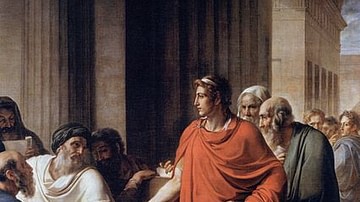
Image
Ptolemy II Philadelphus Founds the Library of Alexandria
"Tolomeo Filadelfo nella biblioteca di Alessandria", or "Ptolemy Philadelphus founds the Library of Alexandria", is an oil painting from 1813 by Italian artist Vincenzo Camuccini (1771-1844 CE). The painting portrays the Greco-Macedonian...
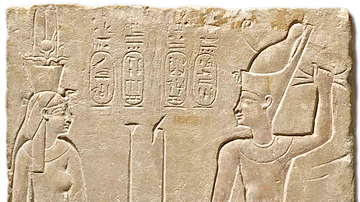
Image
Ptolemy II Before Arsinoe II
Limestone relief from the Chapel of Ptolemy II at Tanis in the Nile Delta representing Ptolemy II facing Arsinoe II (San el-Hagar, ca. 275-250 BCE; BM reg. no. 1885,1101.5, inv. no. EA-1056). Courtesy of the Trustees of the British Museum...
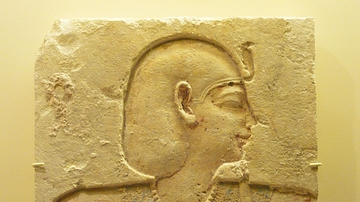
Image
Portrait of Ptolemy I or II of Egypt
This limestone portrait from the Early Ptolemaic Period (323-246 BCE) depicts either Ptolemy I or Ptolemy II of Egypt. Exact provenance is unknown. (Royal Ontario Museum, Toronto)

Image
Stela of Ptolemy IX & Cleopatra III
Two thirds of this stela were lost due to reuse as building material. It documents a royal visit to Elephantine. Ptolemy IX and Cleopatra III, his mother and co-regent, granted privileges to the priests of Khnum, a local ram god. The scene...
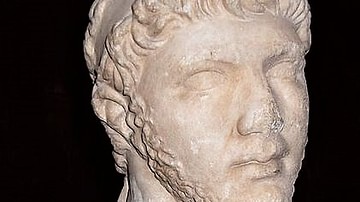
Image
Bust of Ptolemy of Mauretania, Louvre
A marble bust of King Ptolemy of Mauretania (c. 10 BCE - c. 40 CE). Ptolemy was the son of Juba II and Cleopatra Selene II, making him a descendant of both the Berber rulers of Numidia and the Ptolemaic dynasty of Egypt. Through his mother...

Image
Ptolemy XII Bust
Portrait of Ptolemy XII from the Louvre, Paris.
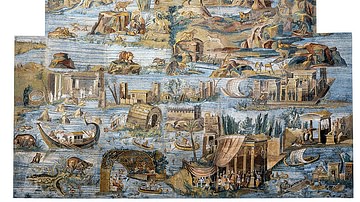
Article
The Economy of Ptolemaic Egypt
Ptolemaic Egypt rapidly established itself as an economic powerhouse of the ancient world at the end of the 4th century BCE. The wealth of Egypt was owed in large part to the unrivalled fertility of the Nile, which served as the breadbasket...
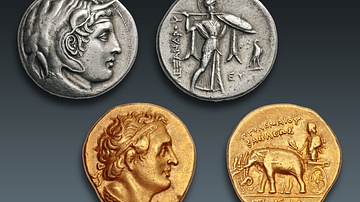
Image
Elephant Symbolism on the Coins of Ptolemy I
Two coins issued by Ptolemy I: 1) A portrait of the deified Alexander the Great wearing an elephant scalp on his head, with a ram’s horn over his temple, and an aegis (sacred fleece) over his shoulder; on the reverse Athena Alcidemus, the...
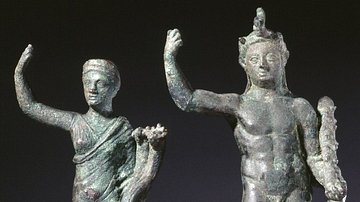
Image
Bronze Statues of Ptolemy II & Arsinoe II
These early 3rd-century BCE bronze statues from Alexandria, Egypt, portray the royal Ptolemaic couple Ptolemy II Philadelphus ("The Sibling-Loving") and Arsinoe II Philadelphus. Ptolemy II is wearing the scalp of an elephant, possibly symbolic...